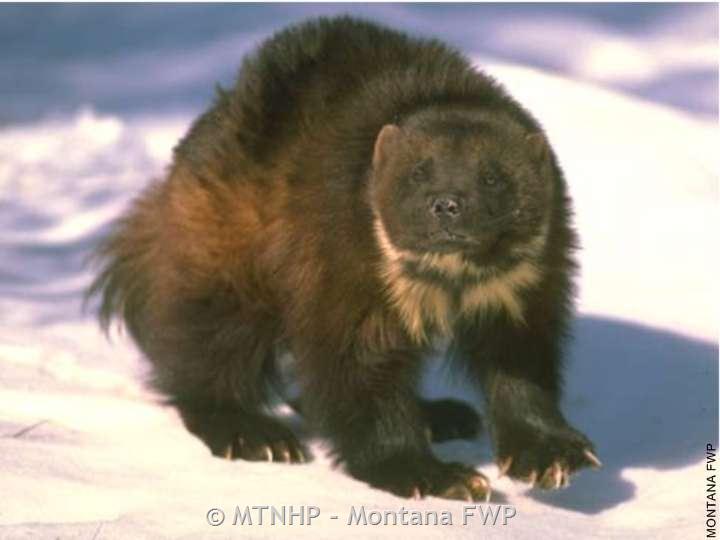 Are you a bean counter or a scientist? According to two different sessions focused on ecosystems services at the American Association for the Advancement of Science (AAAS) annual meeting in Boston last weekend, you should probably be both.
Are you a bean counter or a scientist? According to two different sessions focused on ecosystems services at the American Association for the Advancement of Science (AAAS) annual meeting in Boston last weekend, you should probably be both.
A Saturday morning session, featuring Jane Lubchenco, still of NOAA, as a discussant, illustrated just how sophisticated ecosystem services accounting has become. And while there was even a representative from the World Bank who discussed both the general and specific accounting principles at work in analyzing ecosystem services, it wasn’t all about money. The key term is values, especially cultural values.
The key concept is asking stakeholders what they want, whether it is from a fishery or a forest, then balancing conflicting wants in a way with broad benefits. Lisa Mandle of the Natural Capital Project introduced the concept of “serviceshed,” which is a concept that tries to prevent there being winners and losers of ecosystem services.
An example is when a wetland is destroyed in an urban area, and then, thanks to the Clean Water Act, a new one is created or preserved in a rural area — outside of the original serviceshed. In theory, the ecosystem benefits from the preserved wetland. In practice, the people in the city lose the ecosystem services provided by the wetland (flood control, pollution abatement, fish, etc.), while the people in the rural area gain even more of them.
Extensive examples of ecosystem services driving conservation efforts were given from South Africa and Quebec, Canada.
The star of this show was the Natural Capital Project, so check out their website and their InVEST ecosystem services modeling tool.

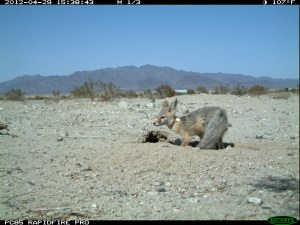
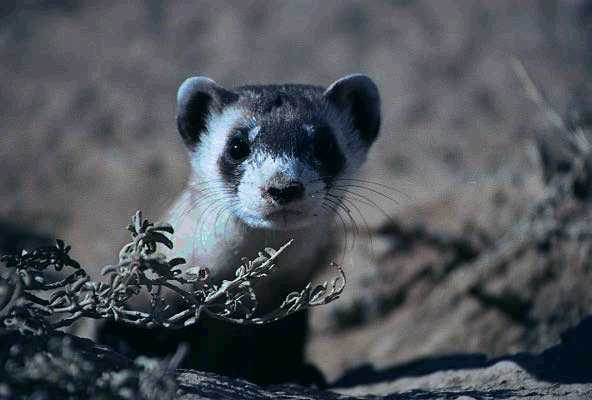 What were the biggest North American wildlife stories in 2012? The ten stories with the most views by State Wildlife Research News readers — in order of popularity — were:
What were the biggest North American wildlife stories in 2012? The ten stories with the most views by State Wildlife Research News readers — in order of popularity — were: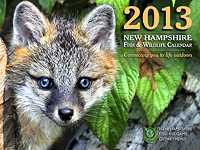 Psst. Looking for a last-minute gift idea? Well, your state fish and wildlife (or game or natural resources) department has just the thing.
Psst. Looking for a last-minute gift idea? Well, your state fish and wildlife (or game or natural resources) department has just the thing.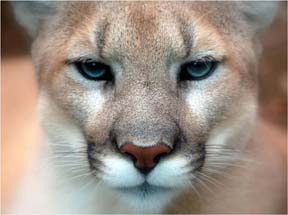
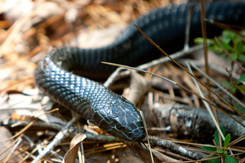 In 2005, the Alabama Division of Wildlife and Freshwater Fisheries staff began investigating of the status of the Eastern indigo snake in the state. Two years of intensive field investigation did not discover any of this federally-listed species, so the department, along with several partners, began to reintroduce them.
In 2005, the Alabama Division of Wildlife and Freshwater Fisheries staff began investigating of the status of the Eastern indigo snake in the state. Two years of intensive field investigation did not discover any of this federally-listed species, so the department, along with several partners, began to reintroduce them.